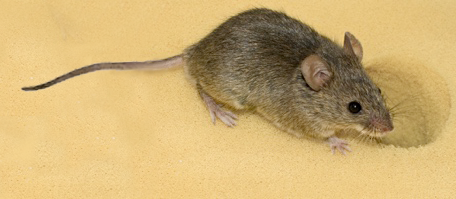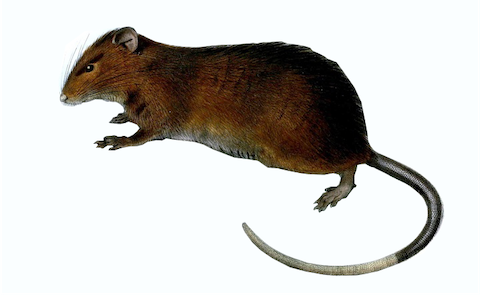Temporal changes in monocyte and macrophage subsets and microglial macrophages following spinal cord injury in the Lys-Egfp-ki mouse model.
Abstract
The role of hematogenous (hMPhi) and microglial (mMPhi) macrophages following spinal cord injury (SCI) remains unclear as they are not distinguished easily from each other in the lesion area. We have recently described the temporal and spatial response to SCI of each MPhi population using the lys-EGFP-ki mouse that enables EGFP(+) hMPhi to be distinguished from EGFP(-) mMPhi at the lesion site. In the present study, we characterized the response of monocyte and hMPhi subsets and mMPhi to SCI. We describe, for the first time, the responses of circulating classical (pro-inflammatory) and non-classical monocyte subsets to SCI. Additionally, we show the presence of classical and non-classical hMPhi at the SCI lesion. Importantly, we demonstrate that the 'classical pro-inflammatory' hMPhi respond in the acute (1d, 3d) stages of SCI while the 'non-classical' hMPhi respond in the sub-acute (7d, 14d) phase of SCI. At later time points (6weeks post injury) classical hMPhi return to the injury site. Our study offers new insight into the cellular inflammatory response that occurs after SCI and suggests that the timing and targets of anti-inflammatory therapies may be crucial to maximize neuroprotection at the acute and more chronic stages of SCI.
| Authors: | Thawer SG, Mawhinney L, Chadwick K, de Chickera SN, Weaver LC, Brown A, Dekaban GA |
|---|---|
| Journal: | J. Neuroimmunol.; 2013 Aug 15; 261(1-2) 7-20. doi:10.1016/j.jneuroim.2013.04.008 |
| Year: | 2013 |
| PubMed: | PMID: 23711349 (Go to PubMed) |


